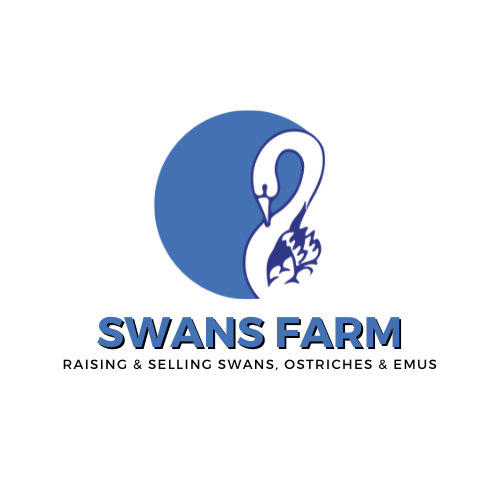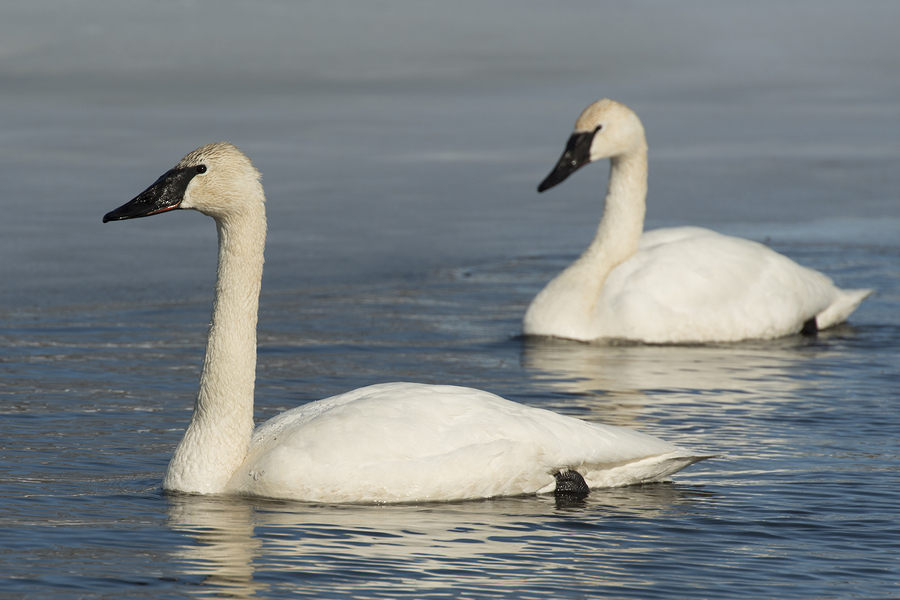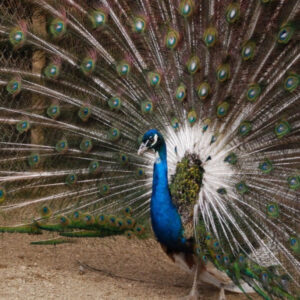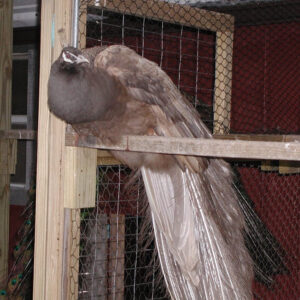Description
Trumpeter Swans
The Trumpeter Swan (Cygnus buccinator) is the largest native waterfowl in North America with an impressive 6-8 foot wingspan and weighing more than 25 pounds. Some males have even exceeded 35 pounds. The Trumpeter Swan is also North America’s heaviest flying bird, needing at least a 100 yard runway in order to take flight. The Trumpeter is a long-lived bird. Some have been recorded as living as long as 30 years, and 20 years old is not uncommon.
Adult Trumpeter Swans are entirely white with a large, wedge-shaped black bill — the largest of any waterfowl. Cygnets of the Trumpeter Swan are light grey with pinkish legs, and will feather out in white around one year old.
Similar to the Whooper Swan, the Trumpeter Swan tends to swim with a straight neck. The Trumpeter Swan is easily distinguishable from a White Mute Swan which has an orange bill and a more curved neck and posture. The Mute Swan is also found near populous areas whereas the Trumpeter is usually only found in wetlands and uninhabited areas.
The Trumpeter Swan’s scientific name, Cygnus (swan) and buccinare (to trumpet), stems from their loud, trumpet-like call. A buccinator is the muscle in human cheeks, which we use to blow out candles or to blow into instruments such as the trumpet.
Like other Swans, Trumpeter Swans reach maturity at about 3 years of age, and often mate for life with both parents participating in raising their young cygnets. If a swan loses a mate, they will often take a new mate quite readily. Trumpeter Swans have an unusual incubation method, warming their eggs by covering them with their webbed feet.
The Trumpeter Swan’s diet is mainly vegetarian, consisting of stems, leaves and roots while in the water. They will occasionally feed on grasses and grains on land. In the winter they will eat grains, such as a poultry layer feed — we recommend a diet of three parts poultry layer pellets or crumble and on part scratch grains. Swans will eat untreated grass clippings, too. Young cygnets will initially eat insects, small fish and fish eggs for protein, and switch to a vegetarian diet after a few months.
Unless your pond is larger than one acre, it is best to keep only one pair of swans. Swans will tend to get along together on a small pond until they become breeding age. But at that time they begin to get territorial and the dominant pair will keep other swans off the pond. You can mix swans and geese or ducks on the same pond if the area is of sufficient size.
Yearling and breeders sold as male/female pairs. Individual males or females available on occasion, details such as age available on request. Swans have been pinioned.
Swans are shipped air cargo and must be picked up at an airport serviced by Delta airlines.







Reviews
There are no reviews yet.